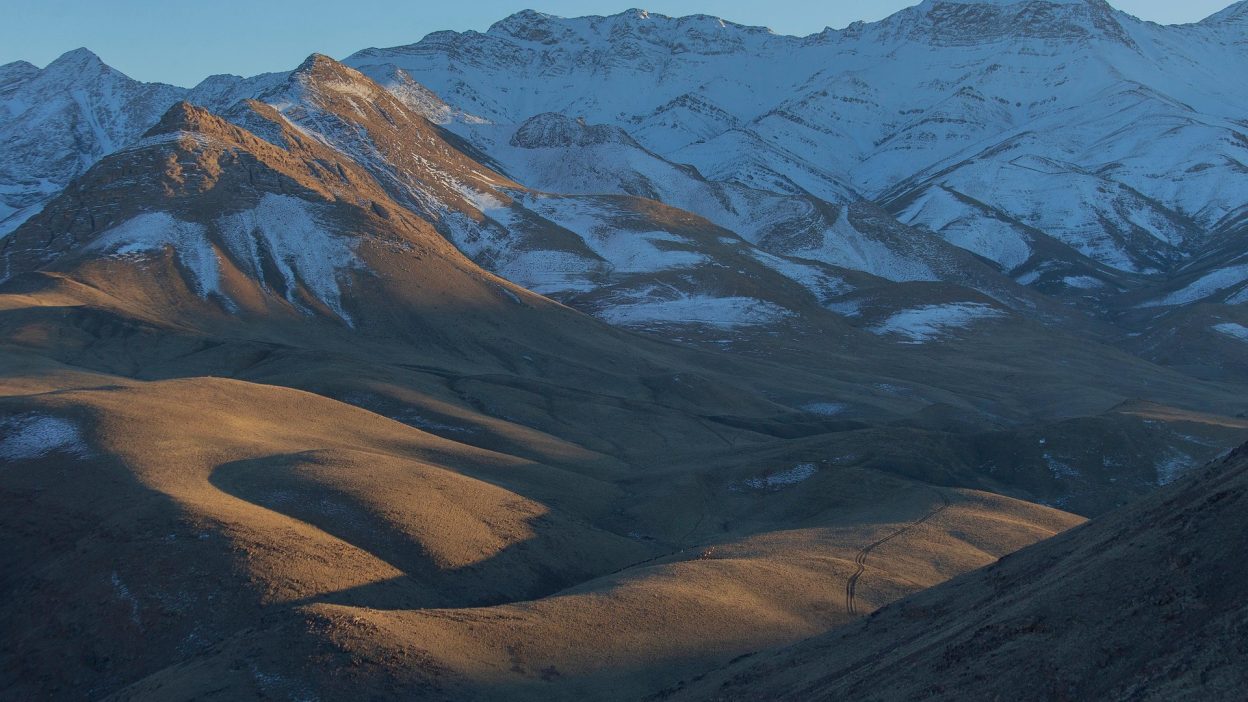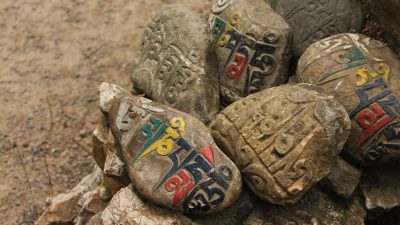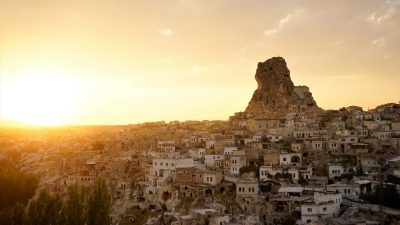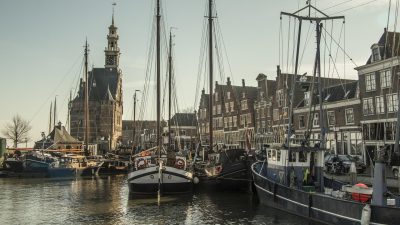A Devastating Disaster That Shook The Nation – What The World Missed
The 1957 Sangchal earthquake remains one of the most devastating natural disasters in Iran’s history, though it often fades into the shadows of larger, more widely remembered calamities. On 1st March 1957, the earth beneath the region of Sangchal in northern Iran shook with tremendous force, causing widespread destruction. The earthquake, which struck without warning, left villages flattened and thousands of people dead or injured. The destruction was not confined to physical structures; it also shattered the lives of the families and communities in its path.
Despite its severity, the event has not received the global recognition it deserved. Over 2,000 people lost their lives, and many more were displaced. While Iran began its efforts to rebuild, the lingering scars of the earthquake remained in both the infrastructure and the psyche of its people. The event marked a pivotal moment in Iran’s disaster preparedness and response strategies, shaping the country’s approach to future seismic activity.
Sangchal 1957: A Tragedy That Changed Iran Forever
- The Immediate Human Cost
The human toll of the Sangchal earthquake was catastrophic. With over 2,000 lives lost, the local population was left devastated. Families were torn apart, and survivors faced the harrowing task of rebuilding their lives amidst widespread loss. The lack of proper medical facilities and immediate disaster relief worsened the situation, as many injured people did not receive the necessary care in time. - The Lasting Effect on the Local Infrastructure
The damage to infrastructure was immense, with entire villages reduced to rubble. Roads, bridges, and communication networks were all destroyed, leaving many areas isolated. The Iranian government’s immediate response was slow due to the magnitude of the damage, and this delay meant that it took much longer to restore basic services and support those affected. Rebuilding efforts were extensive, and the scars left on the landscape remain visible even today.
Iran’s Hidden Tragedy: The Truth Behind the Sangchal Earthquake
The Sangchal earthquake of 1957 is often overlooked in global discussions about major natural disasters. This lack of attention can be attributed to the fact that it occurred at a time when the world was still recovering from the devastation of the Second World War, and many other significant events overshadowed it. Moreover, Iran’s own internal struggles during that period, including political instability and economic challenges, meant that the earthquake did not receive the global focus it warranted.
The truth is that the Sangchal earthquake was a disaster of significant proportions. It exposed critical flaws in the country’s seismic preparedness and response mechanisms. Although Iran had experienced earthquakes before, the scale of this event demonstrated just how unprepared the country was for such a major natural calamity. In many ways, it marked the beginning of more focused efforts in earthquake research and preparedness in the region.
When the Earth Cracked: The Shocking Consequences of the 1957 Sangchal Earthquake
The consequences of the 1957 Sangchal earthquake were far-reaching, affecting not only the immediate survivors but also the wider region. Beyond the tragic loss of life, the quake caused severe economic disruption. Local industries, which were already struggling, were further crippled by the destruction. Agriculture, a key part of the local economy, was also hit hard, with fields destroyed and livestock lost. The rebuilding process was long and costly, stretching Iran’s resources to their limits.
Additionally, the psychological impact of the earthquake was profound. Survivors faced trauma and fear, while the absence of adequate mental health support left many to cope with the aftermath on their own. The earthquake’s emotional toll on the people of Sangchal and neighbouring areas was something that could not be quantified in monetary terms, yet it shaped the resilience of the affected communities for generations.
The Sangchal Earthquake: Why It’s Often Overlooked in History
The 1957 Sangchal earthquake has often been overshadowed by more prominent disasters that followed, both in Iran and globally. This lack of recognition is partly due to the media landscape of the time, which was not as advanced in its coverage of international events as it is today. At the time, the earthquake was reported on but did not capture the attention it deserved on the world stage.
Another reason for its relative obscurity is the way in which many natural disasters are remembered. The Sangchal earthquake, despite its scale, did not occur in a major urban centre, nor did it attract the kind of media attention that often drives global awareness of such events. As a result, many people are unaware of the true extent of the destruction caused by the earthquake.
The Aftermath of Sangchal: Lessons Learned from Iran’s 1957 Earthquake
The aftermath of the Sangchal earthquake saw a transformation in Iran’s approach to disaster management. In response to the catastrophic loss, the government initiated significant reforms to improve the country’s earthquake preparedness. Infrastructure projects were accelerated, and new building codes were introduced to ensure better resistance to seismic activity.
Moreover, the lessons learned from the Sangchal disaster helped shape Iran’s earthquake response strategies in the decades that followed. Although the country would experience more earthquakes, the groundwork laid after the 1957 disaster helped mitigate the impact of future quakes. The event served as a stark reminder of the need for timely response and long-term disaster planning.
Sangchal: The Economic and Social Toll of Iran’s 1957 Earthquake
- Economic Fallout
The economic toll of the 1957 earthquake was severe, with the loss of production and the cost of rebuilding. The damage to agriculture and local industries meant that many people lost their livelihoods, further exacerbating the hardship caused by the disaster. The Iranian government had to dedicate substantial resources to reconstruction, which delayed economic recovery. - Social Challenges
The social fabric of the affected areas was severely disrupted. Entire communities were displaced, and the lack of proper housing forced many survivors to live in temporary shelters. Additionally, the psychological impact of the earthquake created long-lasting emotional scars for many, with communities struggling to cope with the trauma in the absence of proper mental health support.
The Iran 1957 Sangchal Earthquake: A Story of Resilience and Tragedy
Despite the overwhelming tragedy, the 1957 Sangchal earthquake also became a testament to the resilience of the Iranian people. In the years following the disaster, affected communities came together to rebuild, showing remarkable strength in the face of adversity. The earthquake may have broken their homes, but it did not break their spirit.
In the aftermath, there were numerous stories of people coming together to help each other, sharing whatever little they had to aid in the recovery process. This collective resilience played a crucial role in helping the region recover, even if full recovery took years.
Conclusion: The Iran 1957 Sangchal Earthquake: A Catastrophe That Shaped the Future
The 1957 Sangchal earthquake serves as both a painful reminder of the vulnerabilities that exist in seismic regions and a catalyst for change in Iran’s disaster response. Although the tragedy caused immense loss, it also sparked important reforms that have shaped the country’s approach to earthquake preparedness. The lessons learned from Sangchal continue to inform disaster management policies in Iran and beyond.
5 Short FAQs
- What caused the Iran 1957 Sangchal Earthquake?
The Sangchal earthquake was caused by tectonic movements along fault lines in northern Iran, resulting in a significant seismic event that devastated the region. - How many people died in the Sangchal Earthquake?
Over 2,000 people lost their lives in the 1957 Sangchal earthquake, with many more injured or displaced. - What were the major cities affected by the 1957 earthquake?
The earthquake primarily impacted the northern Iranian region, especially villages near Sangchal, with nearby cities also suffering damage. - How did the Iranian government respond to the Sangchal disaster?
The government’s response was initially slow, but efforts were made to rebuild the infrastructure, introduce new building codes, and improve disaster management. - What have we learned from the 1957 Sangchal Earthquake in terms of disaster response?
The Sangchal earthquake highlighted the importance of preparedness and timely response, leading to significant improvements in Iran’s earthquake management strategies.
Reference:
1957 Sangchal Earthquake – Wikimedia Commons
https://commons.wikimedia.org/wiki/Category%3A1957_Sangchal_earthquake
Recent Destructive Earthquakes in the Central Alborz (Iran)
https://www.researchgate.net/publication/307712115_Recent_destructive_earthQuakes_in_the_CentraL_AlBorz_Iran
Talk:1957 Alborz Earthquake – Wikiwand
https://www.wikiwand.com/en/articles/Talk%3A1957_Sangchal_earthquake1957 Alborz Earthquake – Wikipedia
https://en.wikipedia.org/wiki/1957_Alborz_earthquake




